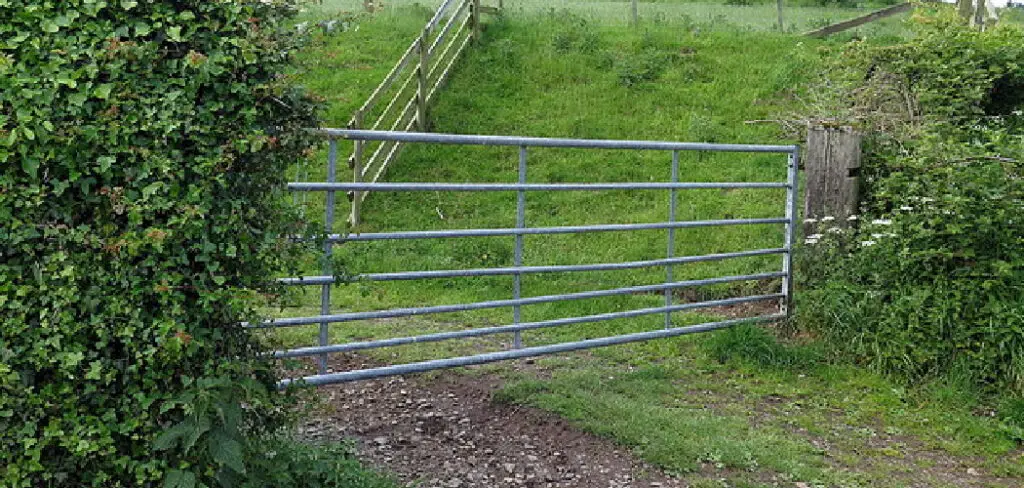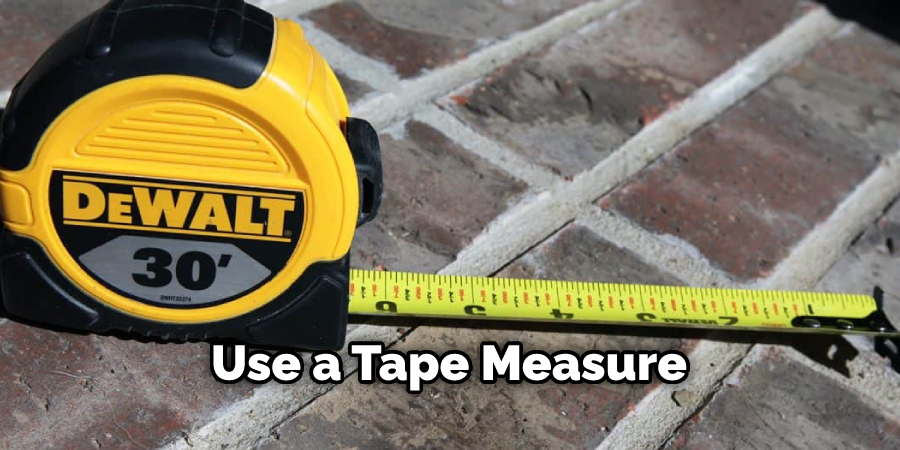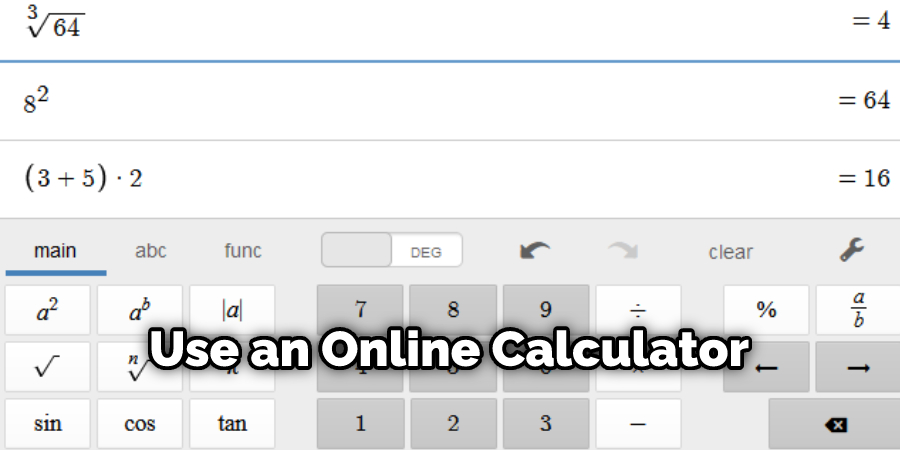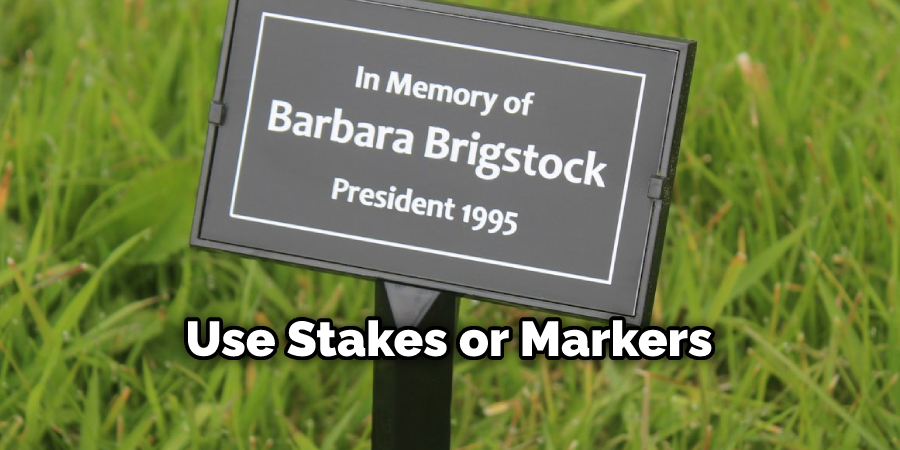Knowing to measure a fence is essential if you are planning on installing a new fence in your yard. It is important to know the correct measurements so that you can purchase the right materials and ensure that your fence will fit properly and look great when it’s done. Taking accurate measurements also helps ensure that you get the most out of your fence and don’t waste any extra materials or labor.

Measuring a fence is an important step in the installation process. Knowing the exact measurements of your yard or property makes it easier to purchase the right materials and determine the type of fence that fits best for your needs. Accurately measuring for a fence also helps ensure proper installation, as each post must be accurately placed to create a sturdy fence. You can find step-by-step instructions on how to measure for a fence in this blog article.
Tools You Will Need
- A measuring tape
- A posthole digger
- A level tool for the posts and stringers
- Stakes to mark each corner of your fence on the ground
- Hammer or mallet to drive stakes into the ground
- Spray paint, chalk, or other marking devices to mark along your proposed fence line
- String trimmer or other cutting device to cut through brush if needed
- Post hole digger, auger or engine-driven digger if your soil is hard
- Wheelbarrow and shovel to move materials
- Ladder to access posts along the fence line.
Step-by-step Instructions for How to Measure for a Fence
Step 1: Inspect Your Fence Installation Site

Look for existing utilities, underground pipes, sprinkler lines, and any obstructions like large rocks or trees. Use a measuring tape to find the total length of your fence line from start to finish, including corners. Ensure you measure accurately, as this will be the basis for the rest of your fence measurements.
Step 2: Measure the Height of Your Fence
Depending on what type of fence you’re installing, you may need to measure the height of the fence posts and panels or boards. Ensure that your measurement goes from the ground up to where you want the top of your fence to be. Most fences require posts that are spaced 6-8 feet apart, but this can vary depending on the type of fence you’re installing. Make sure you measure precisely so everything lines up correctly.
Step 3: Measure How Wide Your Fence Panels
How wide you want your fence panels or boards will depend on your desired privacy or visibility. Generally, most fences are between 6-12 inches in width. Once you’ve measured the length and width of your fence line and the number of posts you need, it’s time to do some math. Divide the length by the distance between each post to determine how many posts you will need in total.
Step 4: Calculate How Many Fence Panels
Using your measurements for height, width, and number of posts, you can now calculate how many fence panels or boards you will need. Divide the total length by the width of each panel or board to determine the number you need.
Step 5: Calculate How Much Fencing Material
Once you’ve determined the number of materials required for your fencing project, it’s time to calculate the total amount of fencing material you’ll need. Multiply the number of posts and panels or boards together to determine the total square footage required for your project.
Step 6: Purchase Your Fencing Materials
With all your measurements ready, it’s time to purchase your materials. Make sure to purchase the right amount of material, as it’s hard to return materials if you buy too much. Finally, you’re ready to install your fence! Ensure all your posts and panels or boards are properly aligned before securing them in place. If you need help, hire a professional fence contractor or handyman to help you out.
By following these simple steps to measure for a fence, you can have peace of mind knowing that your project will turn out exactly as planned.
Safety Precautions for How to Measure for a Fence

- Make sure to wear protective shoes and eye protection when measuring for a fence. You should also wear gloves to protect your hands from splinters, sharp edges, or protrusions.
- Before taking any measurements, make sure you know what the height restrictions are in your area.
- Measuring for a fence can be time-consuming, but getting the measurements right the first time is essential. Measure from multiple directions and check them against each other before making any cuts.
- Make sure to mark out any obstacles that may get in the way of your fence, such as trees or other structures. You’ll need to plan around these while taking measurements.
- Check with your local code enforcement department to ensure you adhere to building codes and regulations when fencing in your yard.
- Knowing the slopes and angles of your property will help you measure correctly for a level and secure fence.
- Having an extra pair of hands while measuring can be extremely helpful, especially if they are familiar with building regulations.
- If you are not confident in your measuring or building skills, consider hiring a licensed professional to help you with measurements and installation of the fence. This will also help ensure that your fence meets all local regulations.
These safety tips can help make measuring for a Fence an easy and safe process.
How Can You Measure for a Curved or Sloped Area?
When it comes to measuring for a curved or sloped area, the process can be more complicated. To accurately measure a curved or sloped area, you will need to use string and stakes in order to create an outline of where your fence will go. You may also want to enlist the help of a friend or two when doing this. Follow these steps to measure a curved or sloped area for a fence:
- Determine where your fence should begin and end. This will be the starting and ending point of your measurement.
- Using string and stakes, create an outline outlining the design of your future fence. This will give you an idea of the area you will need to cover and the length of your fence materials.
- Measure each side from the beginning point to the endpoint. Once you have a measurement for each side, add them together for the total length needed for fencing material.
- Take into account any other features, such as gates or posts, that may require additional material.
Measuring for a curved or sloped area can be time-consuming and require additional help, but ensuring your fence is properly measured and installed is necessary.
How Far Apart Should Posts Be Placed on Your Fence?
When installing a fence, you will need to consider the spacing between posts. Generally speaking, wooden posts are typically spaced eight feet apart in the center – meaning the distance from the center of one post to the center of the next is eight feet. This measurement may vary depending on your particular project. Factors such as the type of fence being used, soil conditions, terrain, and local building codes will also affect post spacing.
To determine how far apart your posts need to be placed correctly, you will first need to measure your fence’s total length and height. Once these measurements are determined, you can use an online calculator or a basic mathematical equation to figure out how many posts you need and at what spacing they should be placed.

How Can You Make Sure the Layout of Your Fence is Correct and Consistent?
Once the boundary of your property has been established, it’s time to begin measuring for the fence. You should use a tape measure or laser level to ensure everything is laid out correctly and consistently. A tape measure will help you ascertain the exact dimensions of your project area. A laser level will ensure that all posts are set at the same height and that your fence is straight. When laying out your posts, be sure to use stakes or markers to represent where each post will be placed. This will help keep the layout consistent and ensure you don’t miss any spots or sections of fencing when it comes time to install the materials.

You should also use string lines to mark the perimeter of your project area and indicate where posts should be placed. Start at one corner and then stretch a line between each stake until you reach the opposite end of the fencing project. Tighten the strings with stakes to keep them straight and properly aligned if necessary. Finally, measure and double-check all dimensions before you begin installing the fence. This will help you avoid costly mistakes and ensure that your fence is installed correctly.
Conclusion
In conclusion, measuring for a fence is essential to ensure that your fence fits properly, aesthetically enhances your property, and meets all local regulations. Measuring accurately will also help guarantee that you purchase the right amount of fencing materials. The process involves measuring the perimeter and taking into account any obstructions or turns in the area. Calculating the total linear footage is also necessary for purchasing supplies and equipment. Following these steps will ensure that your new fence looks great and stands the test of time. I hope this article has been beneficial in learning how to measure for a fence. Make Sure the precautionary measures are followed chronologically.

